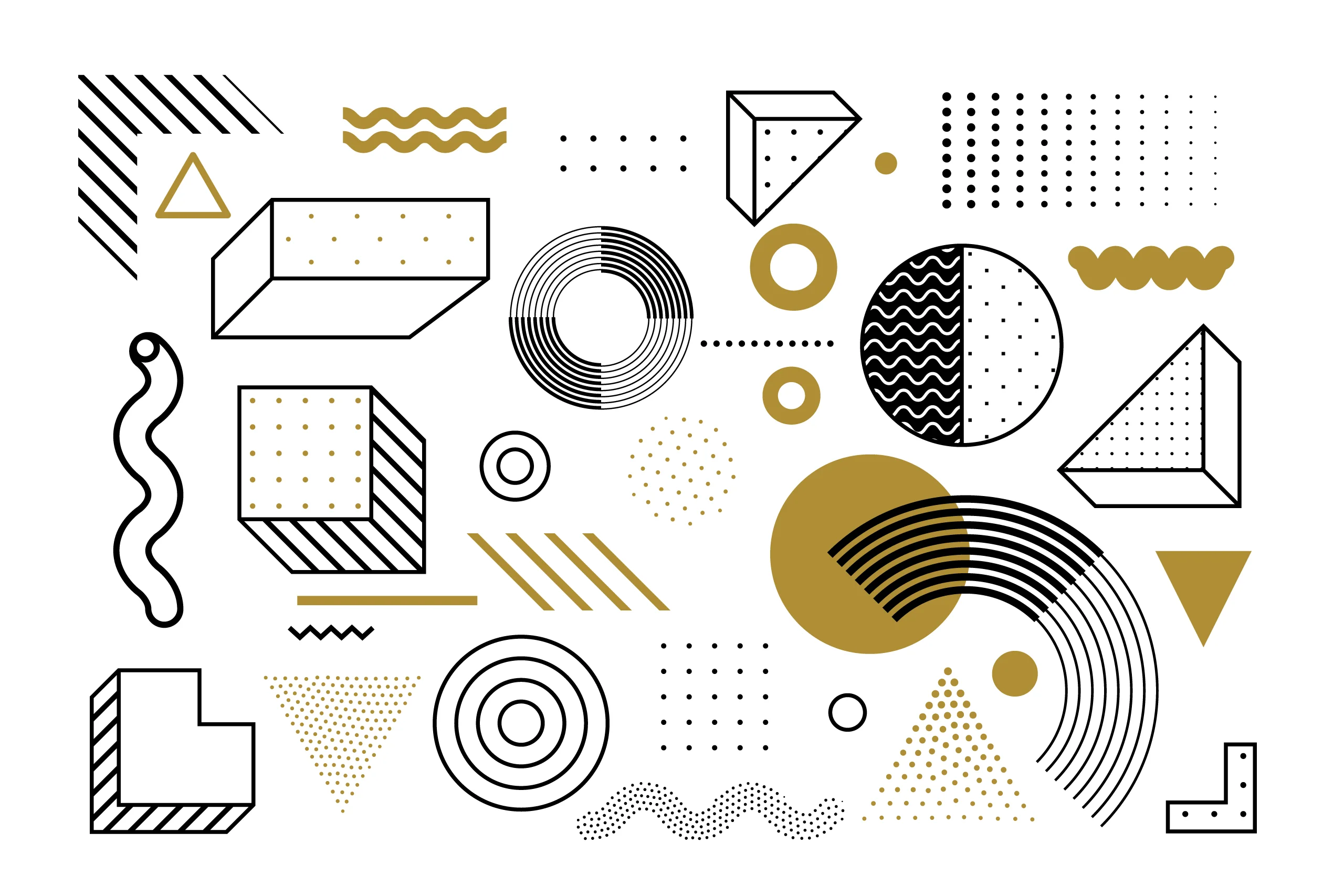Impressive enough to draw and magnify audiences’ attention. This calls for creativity, ingenuity and strategy; noteworthy ingredients of advertising design for fellow designers. Thus, leveraging a configuration of skills, and surprisingly impressive designs. What’s involved and how?
1. Human & Graphics Visuals.

In ads, visuals play a big role as the storyteller. Photo of humans deliver a distinct realism to blend with the graphics background.
Kickstart with a background that’s simple and minimal.
Make the main elements stand out to present an impactful story and message. In the case of noisy backgrounds, bold or deepen the main elements to bring down the noise and distractions to increase focus in your advertising designs.
2. Creative Typography.

Attention getting efforts should involve an attention-getting headline. Some involved a header or a sub-headline. This said, you will note that people are unlikely to read the body text that comes later.
Applying creativity to typography adds to the strategy.
It isn’t easy to find matching fonts.
Settle for two to three suited fonts in a family to complement or use opposites and contrast. Some experience in doing this help to reduce the time involved in looking for duos or trios.
3. White Space and Layout.
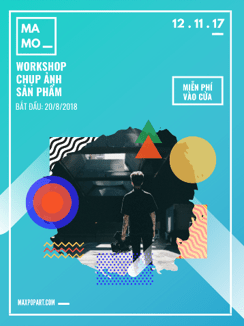
Structuring the layout of contents and images to remove disorganisation makes jobs easier later. Masking and making white space reduces the mass of clutter in advertising design.
According to Facebook, images with less than 20% text perform better.
How-To – plan space well so that there is order and the same contents are grouped. One example: If you have multiple products, capture them in carousel format instead of the usual.
4. Colours Psychology.
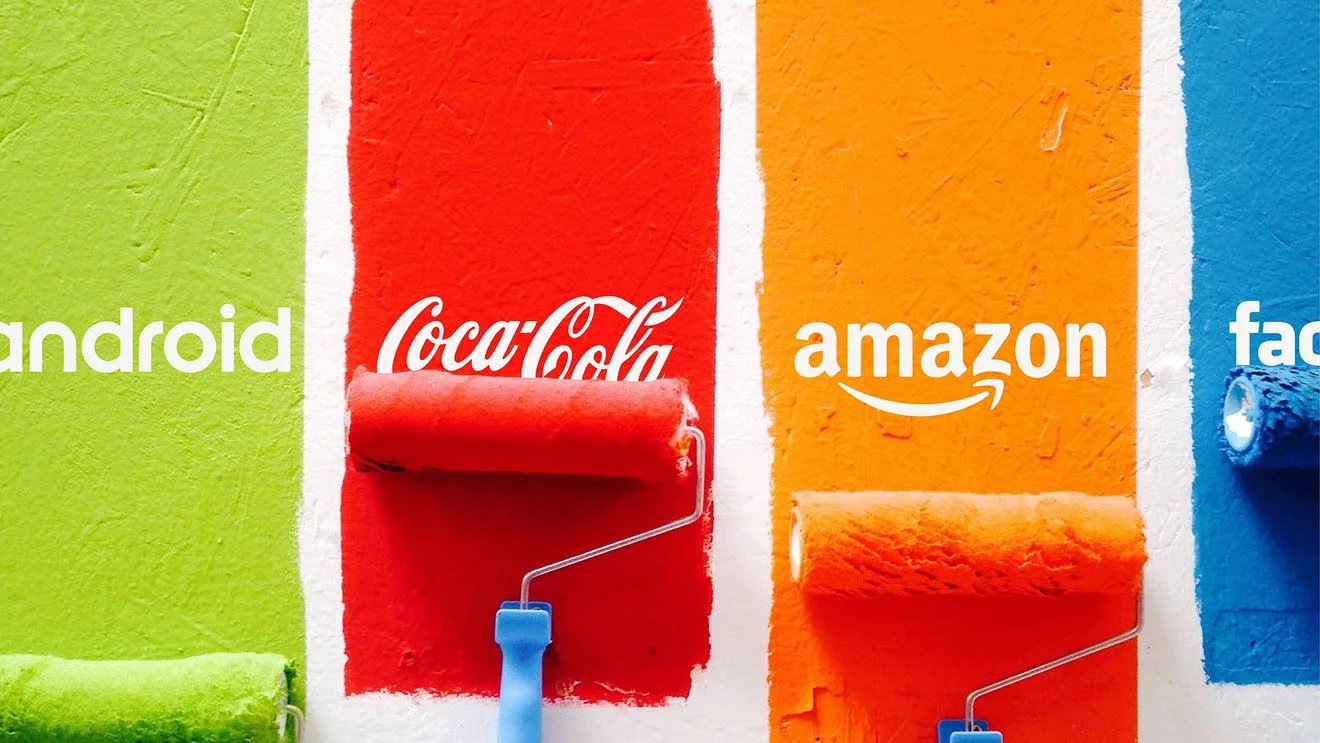
Colours aren’t just to attract attention or affect the mood, but also about meeting consumers’ expectations for products and brands through advertising designs.
Blue tends to convey a feeling of honesty and dependability, and will be a good choice for brand that has a particular need for trust. While red the hottest colour, is often associated with action, passion, energy, love and warmth.
A restaurant advertisement with red signage is also ideal to whet the appetite of customers, as red is also known to boost viewers’ metabolism and blood pressure.
5. Infographics.
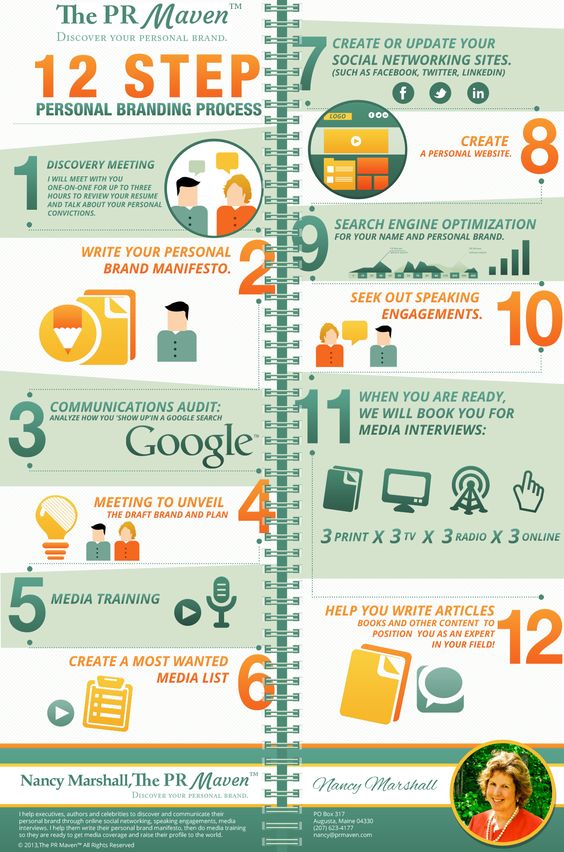
When numbers are boring, we choose infographics. They are able to pack otherwise hard to digest information. Graphics help in promoting better interpretation of the data rather than raw data that are not well represented.
Since visual transmitted 90% of information to the brain, infographics are more effective to deliver a message in a short time. Moreover, well-created infographics are 30 times more likely to be read than any text!
6. Metallics & Neons.

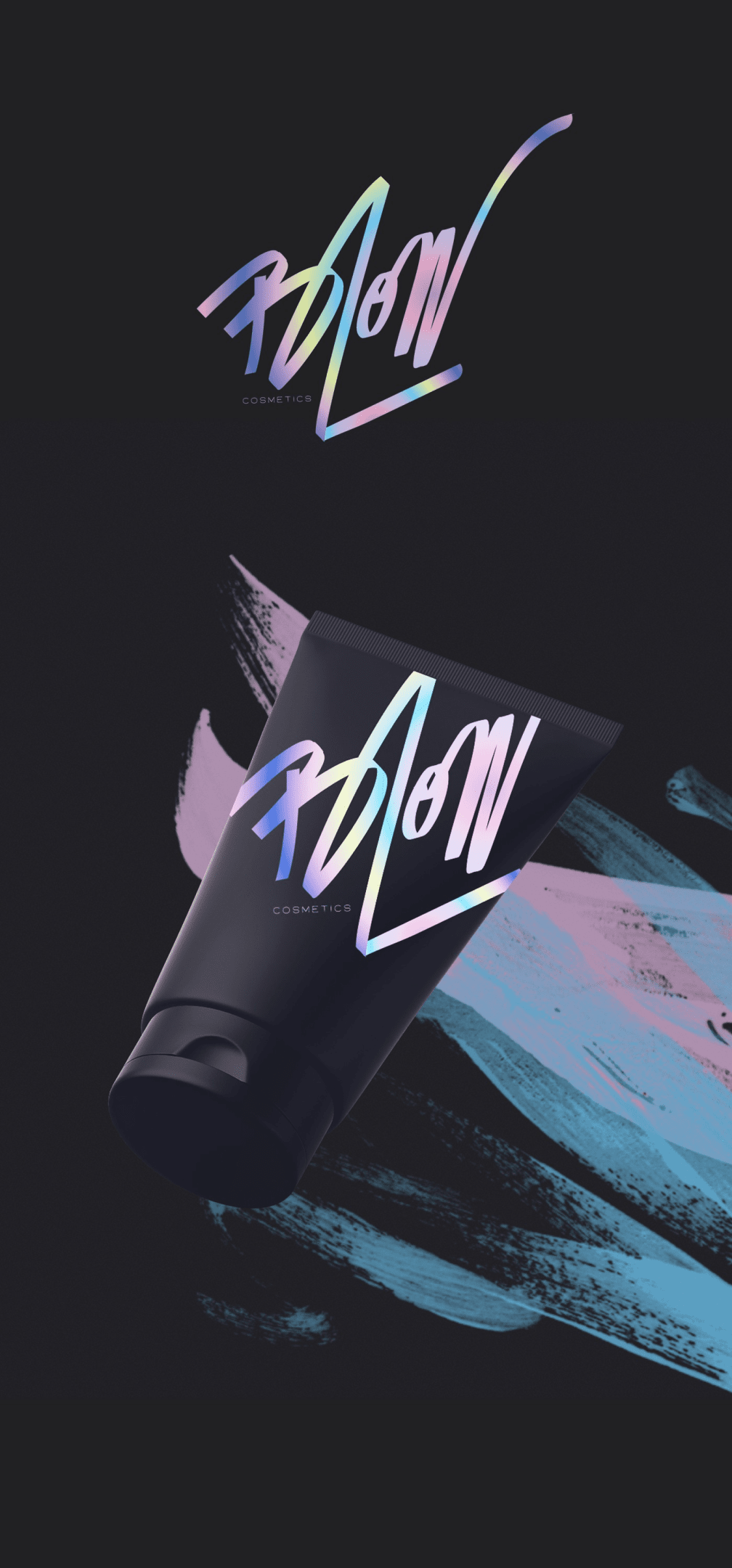
We see 2020 ushering in a futuristic, ‘cyberpunk’ feel. The solid metals impress with their blings and glitter.
Plain advertising design can be transformed to bring value in the form of metal e.g., gold, silver, bronze and chrome. Neon will bring on glow and electrifying energy, creating a pleasant splash of colour against a dark cityscape.
7. Liquid Abstract
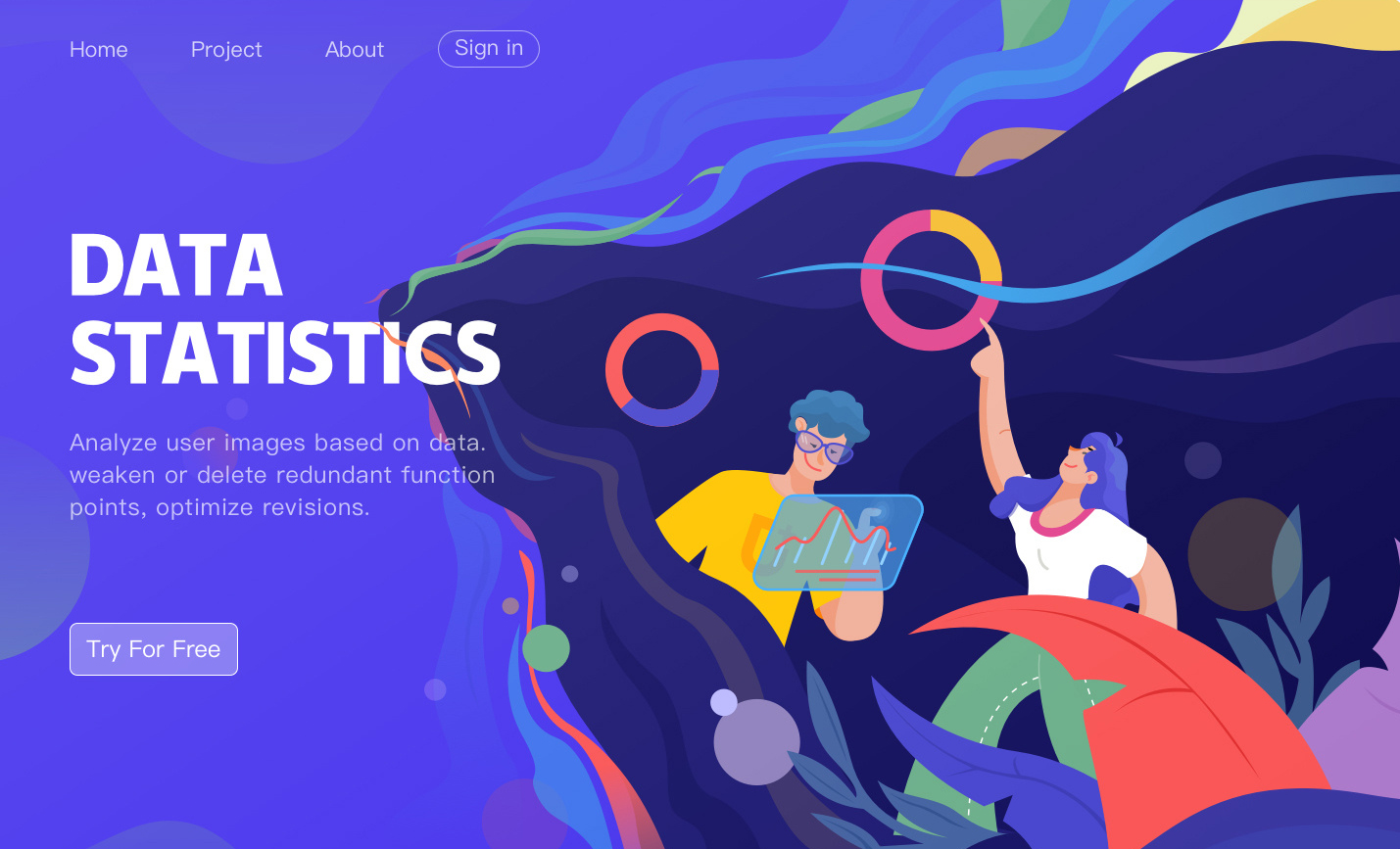
Liquidy shapes suggest creativity, agility and movement. Combining it with other effects in advertising design, such as semi-transparency, bright colours and colour gradients, animations, etc. can definitely make your audience to stop and look.
8. 3D and 2D
This involves both 3D and 2D visuals and more variations. Among others, 3Ds are styled with movement on a 2D background. Animation in graphic design is termed motion graphics.
How’d they do it? This is done with the help of video-editing apps that facilitate compositing, animating and editing. The average length averages 2 to 3 minutes and longer depending on the purpose of the project.
At Artisense, our team of designers and marketers believe impressive advertising designs come from good practice, great passion and creative ideas.
Get to the point and put the glamour in the works rather than pay lip service to all these new attention getters. Expect change and explore more upcoming change by taking the dare and challenges.

